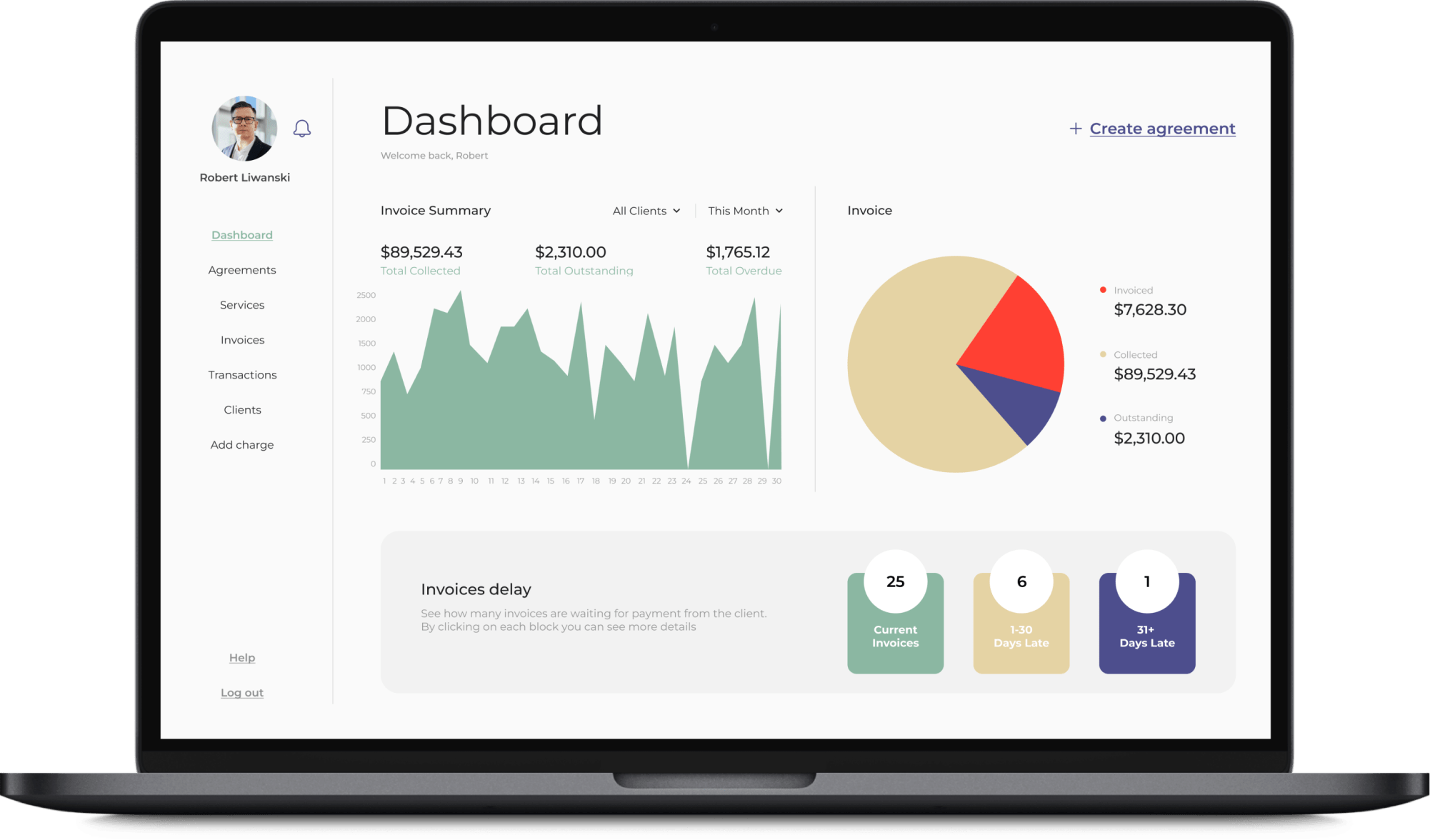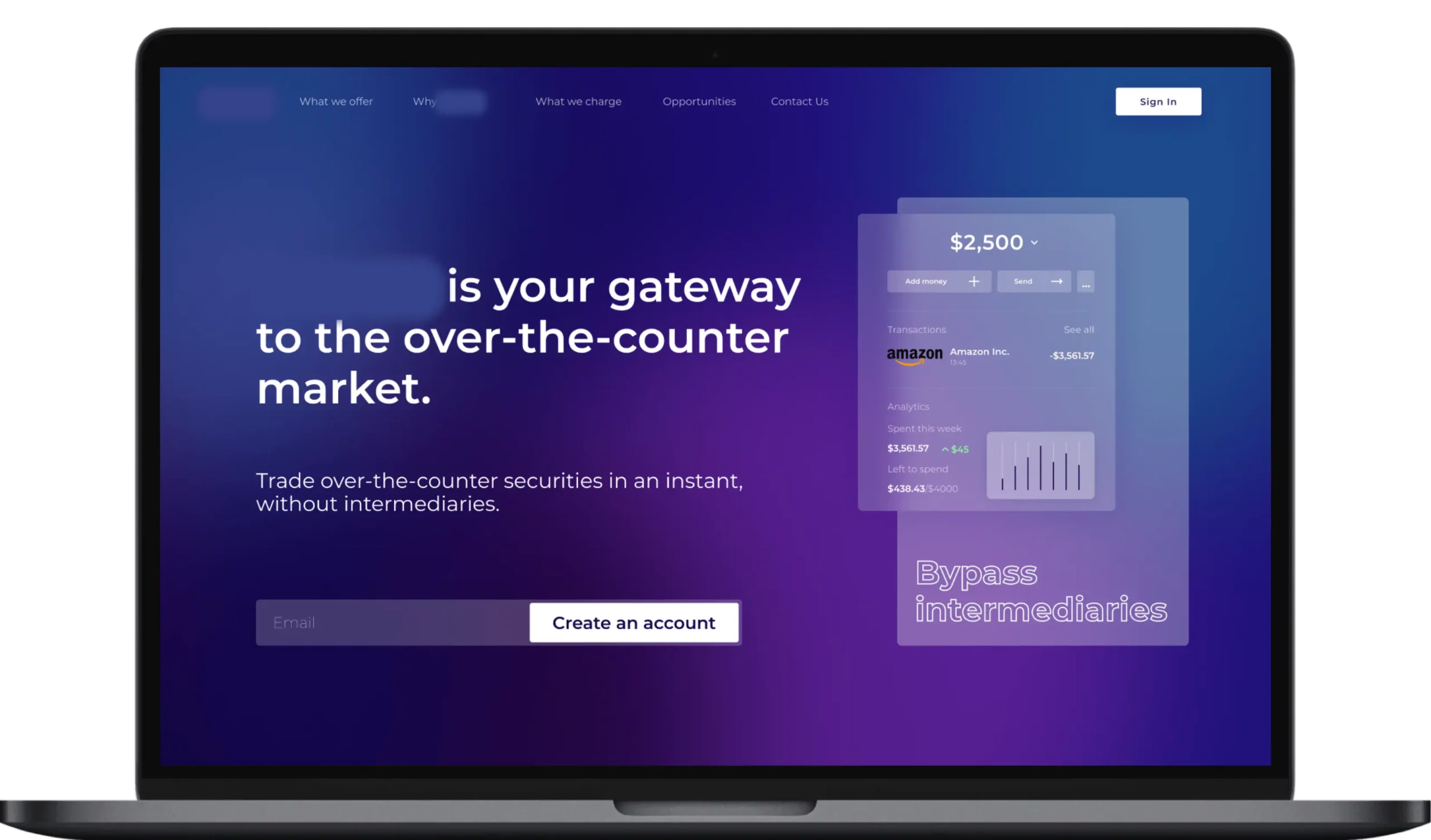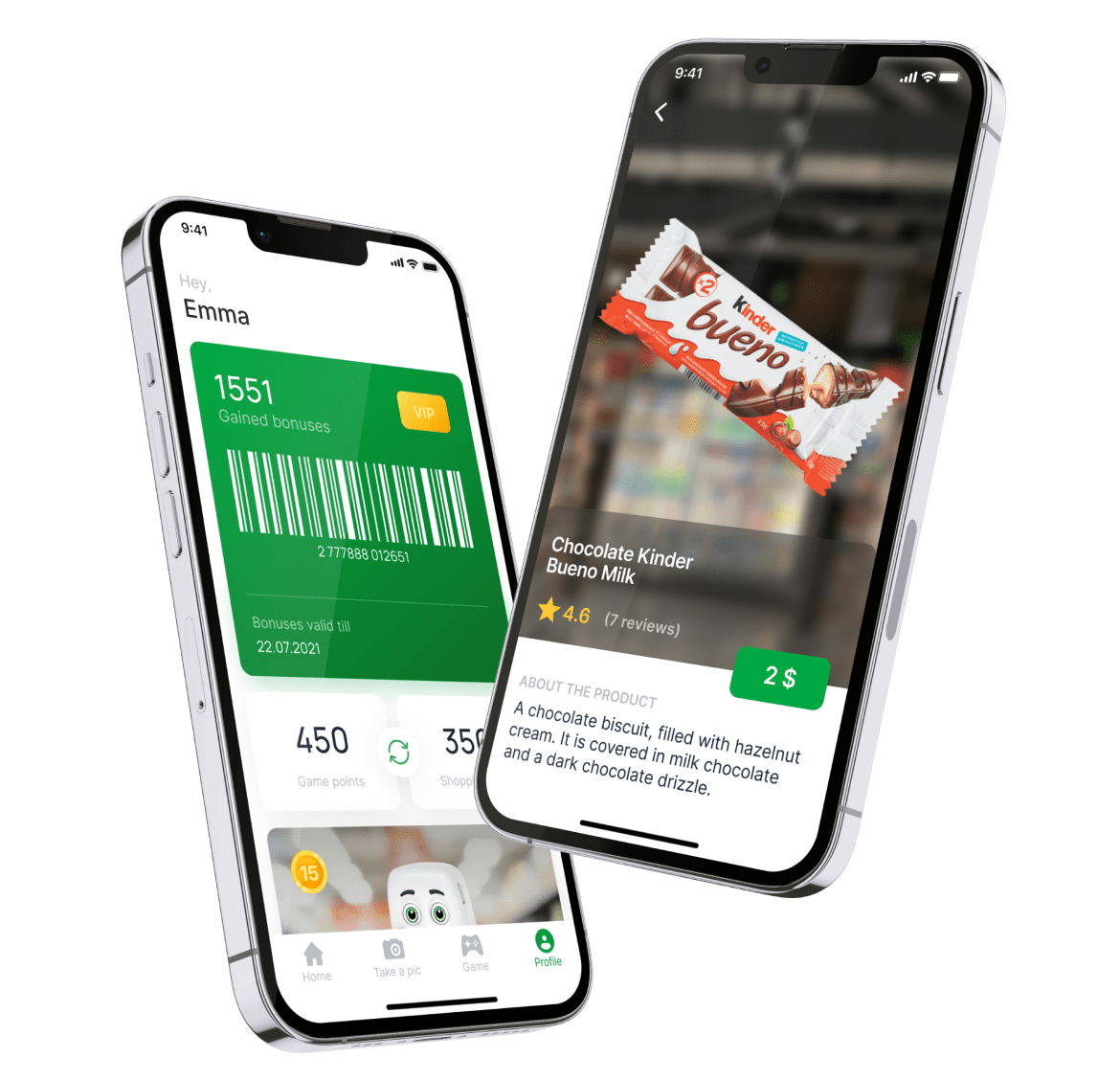Digital Marketplace for a Business Support Center
An online marketplace that allows small and medium-sized businesses to meet their customers and offer their services and goods without website setup & managing cost.
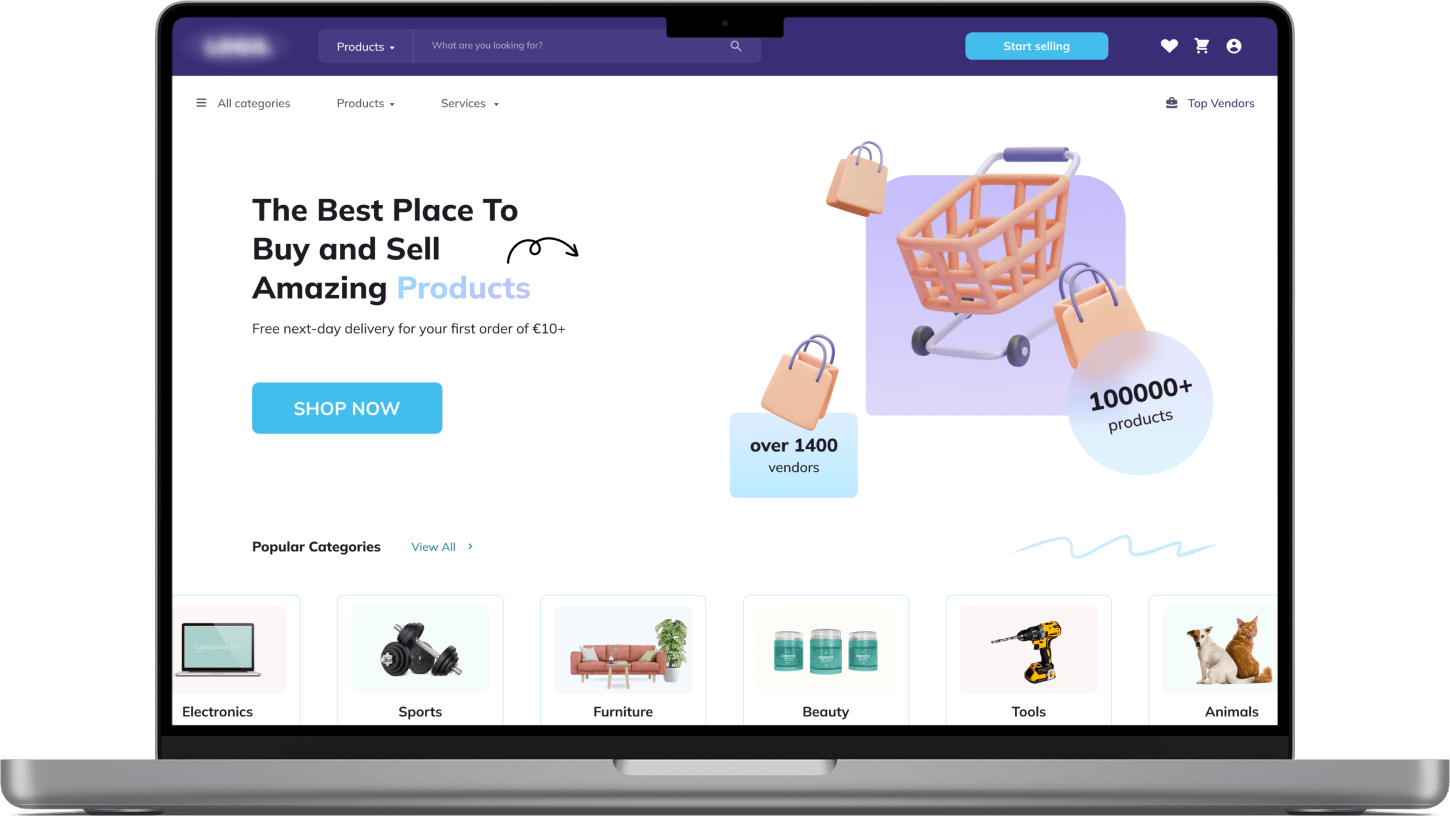

About the Client
Our client is a European business support center that works in collaboration with the government to provide direct support to entrepreneurs through various programs. The center works primarily with small and medium-sized businesses (SMBs), helping existing businesses grow and new ones to get started.
Project Background
The client aimed to help entrepreneurs meet their customers. To this end, they decided to build an online marketplace where businesses could create their profiles/subpages in the appropriate categories, offer their services, products and goods, and place relevant information about their offerings. Customers should be able to view the catalog of services and products from multiple vendors, get details about those vendors, make a decision, contact the vendor if needed, and make a purchase directly on the platform.
The client selected Itexus for marketplace development for our high quality standards, hands-on experience in delivering complex e-commerce solutions, affordable rates, and flexible, customer-centric approach.
Project Team
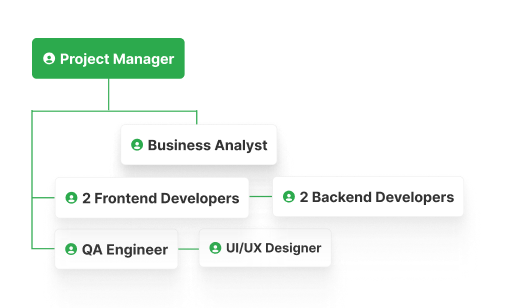

Engagement Model
Time & Materials
Tech stack
Target Audience
The marketplace is targeted at small to medium-sized businesses that want to expand their online presence (or build it from scratch if it’s a newly opened business that doesn’t yet have a website) and increase awareness and sales.
Architecture Overview
The solution is white-label, which means that our client can sell it to other clients so they can rebrand it and launch their own marketplaces. It combines an online marketplace for customers and vendors and a desktop application for the latter. In the desktop app, sellers can update their catalogs and offerings using import/export functionality, do accounting, pay/generate invoices, etc.
Once a business is registered on the marketplace and has listed its goods or services, the business owner can access data and analyze traffic through the marketplace website, and therefore immediately initiate lead generation. The implemented architecture makes it possible to distribute the marketplace as a white label solution without additional development effort.
The marketplace offers its customers not only the opportunity to sell their goods, but also marketing and advertising services such as SEO, PPC, copywriting, marketing playbooks & templates, GTM strategy, (re)branding, defining customer personas, product positioning & messaging, offsite workshops for teams, sales enablement and product launch.
From a technical perspective, the marketplace is a web platform that consists of three modules: Admin, Customer, and Business module. Let’s take a closer look at their functions.
Development Process (or Project Approach)
The first challenge we faced was selecting a suitable CMS to save development time and costs. The selection was based on a number of criteria such as our client’s needs, the CMS’s capabilities, and whether it met our technical requirements. We thoroughly reviewed several content management systems such as CS -Cart Multi-Vendor, Yo!Kart, Arcadier, BigCommerce Multi-Vendor Marketplace. The result was that the CS-Cart Multi-Vendor platform met all our criteria and was selected for the project implementation.
Another challenge was to design a proper solution architecture that would enable both horizontal and vertical scaling and allow our client to distribute the marketplace as a white-label solution.
We also needed to ensure the highest possible flexibility level as the marketplace was required to be highly configurable to minimize or even eliminate the additional development effort required to adjust the platform to different customers.
Last but not least – the solution was supposed to be integrated with hundreds of online stores with thousands and millions of goods in the catalogs that are constantly updated. So, enabling seamless and instant update of the marketplace catalogs to keep them relevant and up-to-date turned out to be another challenge we had to overcome.
Admin Module
- validate newly registered vendors
- delete the vendor’s profile (as well as its products) if it violates the marketplace rules
- manage vendors’ profiles and content
- manage content of the marketplace
- manage invoices generation, manage loyalty and coupon systems
- set up automated reminders & follow-ups sending for vendors and customers
- access platform’s overall analytical dashboards and reports
- configure the catalogs of goods and services and their filter parameters
Business Module
- sign up & sign in, create a company’s profile with subpages
- link a bank account to the profile
- create and update catalogs of goods and services, add photos and descriptions
- promote offerings via built-in marketing tools
- generate invoices for B2B deals
- contact customers via integrated chat
- access to an integrated CRM tool
- set up push notifications sending
- manage offers and discounts
- access profile’s analytical dashboards and reports
- contact marketplace vendors support
Customer Module
- sign up & sign in, create a profile, link a credit or debit card to the profile
- search for goods and services, filter them by various criteria
- buy goods online, track delivery status
- compare different items, compare prices for the same item offered by different sellers
- access to information about the legal entity of the seller
- post and read reviews about vendors and their goods and services
- contact sellers via integrated chat
- subscribe to the newsletter
- manage push notifications settings
- contact marketplace customer support
Third-Party Integrations
- PayPal is an online payment platform that provides low-cost services to individuals and businesses. We have used it to enable marketplace users to make online payments.
- Shippo is a shipping gateway that allows to automate and improve shipping process, and, as a result, a customer service. We used Shippo to enable marketplace users manage orders, track shipment, compare courier shipping rates, and create customer order forms and invoices.
- SalesForce is a CRM system that enables companies to store customer data, track their journey through the sales funnel, manage leads, and share reports with the team. SalesForce was chosen as the CRM system because of its advanced analytics and lead insights, email marketing tools, and sales automation tools.
- Twilio is a complete real-time messaging software platform. It is used to enable customers and sellers to communicate via chat.
- Ecomdash is an inventory management system. We integrated it with the marketplace to enable order management, inventory planning, inventory reporting, low stock alerts, tracking products by expiration dates and serial numbers, etc.
Development Process
Discovery phase
The project began with a discovery phase in which the Itexus business analyst and software architect conducted an in-depth requirements analysis and created the initial project documentation:
- Software Requirements Specification (SRS) – a document describing all functional requirements with use cases, diagrams, mockups of user screens, user journey, etc.
- Software Architecture Document (SAD) – a document describing the suggested technology and architecture of the system, third-party integrations, security, performance, reliability, and other non-functional requirements.
- Project plan and work estimate – a detailed project plan with a breakdown of all work into 8-16 hours tasks, with priorities, dependencies, and team structure.
UI/UX Design
For our client, it was crucial to provide a superior digital experience for the platform’s users. To this end, our UI/UX specialist scrupulously planned every step of the buyer and seller journeys. He also ensured that the product/service cards were clear and informative, as was the overall user interface. He enabled easy and maneuverable navigation and carefully planned the layouts of the catalogs to make the marketplace as accessible, intuitive, user-friendly and overall attractive to both sellers and buyers as possible.
Development
We delivered the project following the agile development process with 2-week sprints and feedback collections at the end of each sprint. Frequent demonstrations and feedback collection sessions allowed us to review early software versions and make timely adjustments to functionality. Before delivering each build to the client, our QA engineer performed unit testing, automated service and UI-level testing, and manual testing.
Technical Solution Highlighs
CS-Cart Multi-Vendor
CS-Cart Multi-Vendor CMS selected for implementation of certain modules allowed to reduce development time and costs.
Solution architecture
The implemented architecture allows to distribute the marketplace as a white-label solution without additional development efforts. Thanks to the implemented monitoring services and the specifics of the solution architecture, it is possible to track the system and infrastructure behavior and scale the infrastructure immediately if needed.
Customization
The solution can be easily customized for different customers due to its flexibility and highly configurable implementation.
Advanced search engine
The solution is equipped with an advanced search engine that allows users to search goods and services by words. The search engine also provides detailed analytical reports about marketplace users and their search behavior.
Comparison shopping engine
With the integrated comparison shopping engine, customers can compare the prices and shipping options of multiple vendors on a single page and determine the vendor with the most favorable terms.
Rating & review system
The marketplace also has a rating & review system implemented as a combination of binary (like/dislike) and written reviews.
Results
Within seven months, our team delivered a fully functional digital marketplace in full compliance with the client’s requirements and timeline. The marketplace enabled hundreds of European entrepreneurs to expand their online presence, increase sales, and gain easy access to government entrepreneurship support programs.
One year after the launch of the marketplace, over 1400 small and medium-sized businesses have registered on the platform, the number of registered customers is 175,000, and the number of unique visitors is around 1300 per day.
The Itexus team continues to maintain and support the marketplace and application, implementing new features as needed.
Need to develop a similar project?
An autonomous invoicing and billing web platform that enables businesses to issue and send invoices and receive timely payments.
